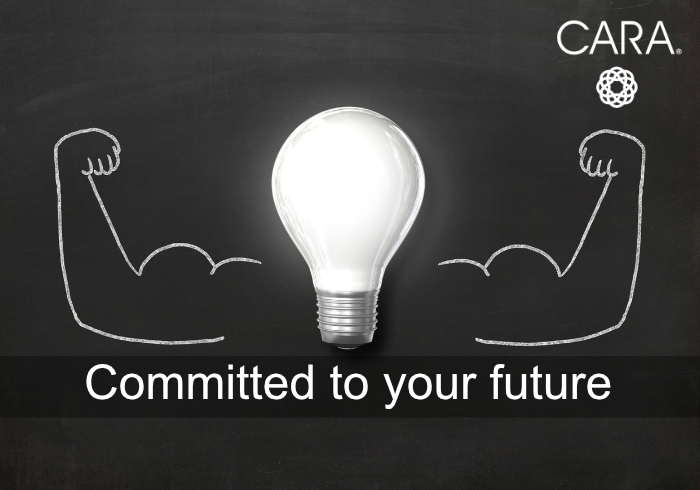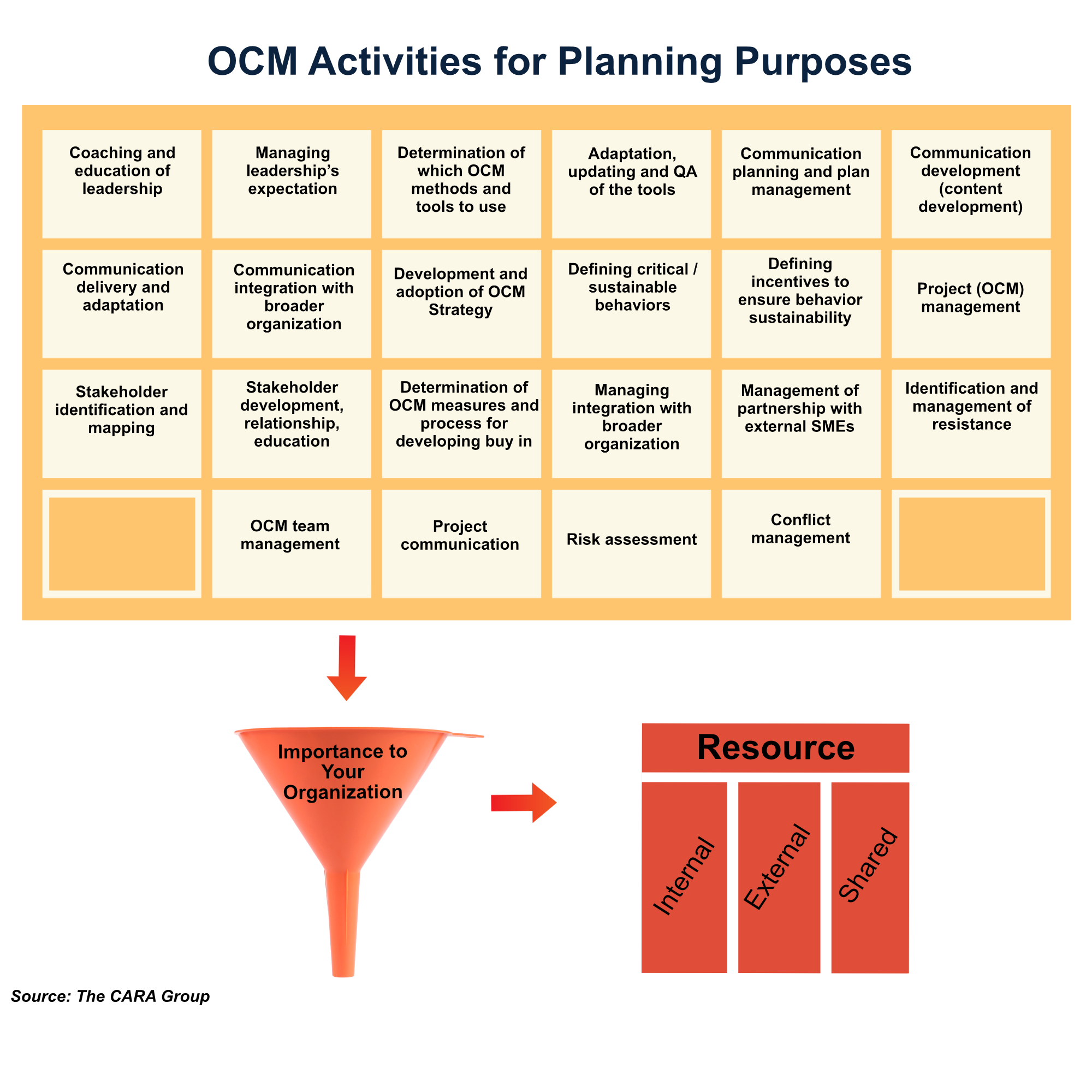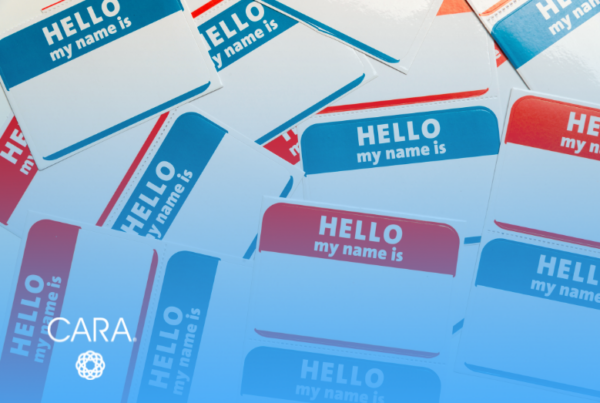
In Part 1 of this blog topic, we introduced the strategic need for the development of Long Term OCM muscle in your organization. We told you that in Part 2 we would focus on the process to further define the specific skills your organization needs and introduce several approaches on how your organization can acquire and mature these skills.
There are three steps in this process:
Step 1 in this process of defining the specific skills needed is to determine which OCM activities are the most important for ensuring continuous and sustainable change. See the list (not exhaustive), and the grid below to facilitate a structured discussion among leadership. Note: While it won’t magically produce the answer, this grid should help to facilitate this structured discussion.
Step 2 identifies which activities might be best handled by external resources. Note: You might want to look back to Part 1 of the blog and revisit the more common roles and characteristics that best fit with external and internal resources.
STEPS 1 and 2
Step 3. This last step provides you with several of the more common implementation methods and the variables that differentiate them. What models best develop and mature these OCM skills for your organization?
| Model | Description and impact to managing continuous change. |
| Participative: inc. job shadowing of OCM lead. | Delivers speed of solution and is used early on in developing OCM maturity. Typically leverages an external resource to train an internal (future OCM leader) resource as part of their service offering |
| Stand-alone organization: Reporting to HR | Internal OCM organization that is a part of the HR organization. Tying it to HR might increase the sophistication of the organization but not always its long-term effectiveness. Budget constraints from the business might limit its long-term continuous solutions. Requires management / business buy in. |
| Standalone organization: Reporting to business leadership | Internal OCM organization that is a part of the business organization. Tying it to the business might create more effective / faster solutions but not necessarily the quality of sustainability required for continuous change. Might be limited by budget constraints. Will require OCM SME…possibly in a participative role. |
| Integrated: Skill development and formal Training of all managers and leaders. | Slowest speed to solution but provides the greatest OCM maturity for delivering change on a continuous basis. Requires investment in infrastructure, internal sales organization, value appreciation mechanism, continuous QA of method and tools, and partnership with external SMEs. |
The strategic need for building OCM muscle has never been greater in ensuring competitive advantage. A competitive advantage that includes the right combination of both internal and external resources. We hope you have found this blog post helpful in jump starting the process of getting the right “fit” for your organization. We’d love to show you how we can help you accelerate the acquisition of your organizations Long Term OCM muscle.




